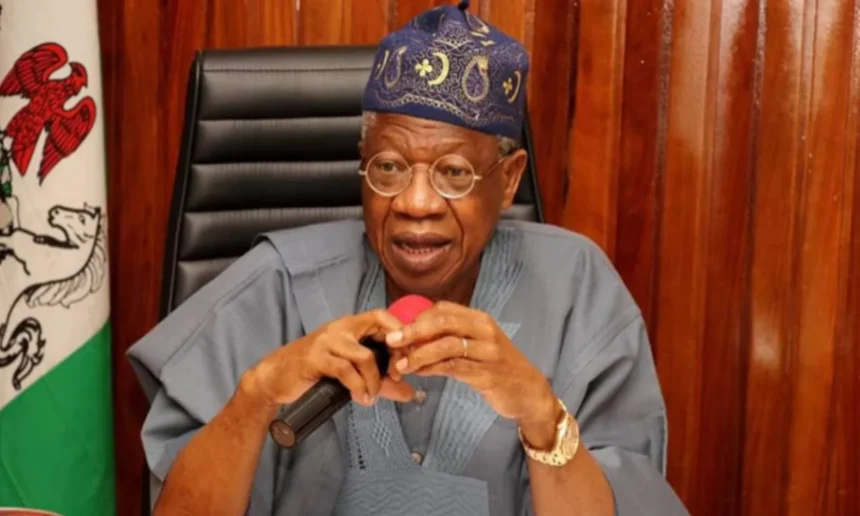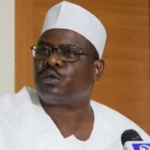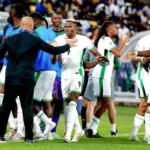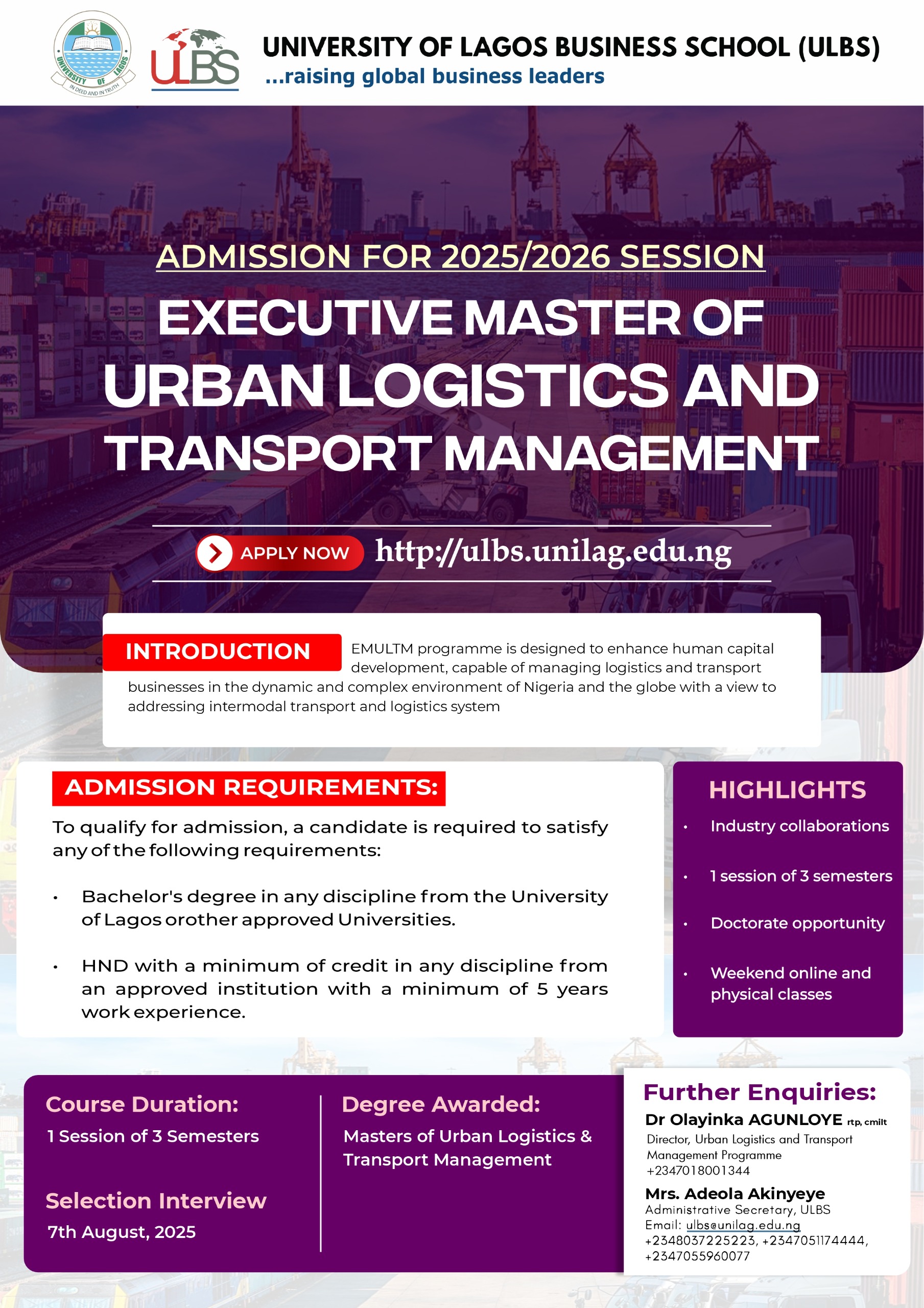Olusegun Ariyo
A former Minister of Information and Culture, Alhaji Lai Mohammed, has explained how he changed the narrative about the activities of Boko Haram as a government’s spokesperson during the President Muhammadu Buhari administration.
Mohammed shared some of his experiences when he served as the spokesperson of the government while speaking at the Spokespersons Summit, themed, ‘Integrity and the Evolving Roles of Spokespersons in Leadership Communication and Development,’ in Abuja on Tuesday.
Recall that ahead of the Buhari’s assumption of office in May 2015, one of the most pressing national issues was insecurity.
There were deadly attacks carried out across the northeast by the Boko Haram terrorist group.
The group also targeted the capital city, Abuja, carrying out multiple attacks, including the bombing of the United Nations Headquarters on August 26, 2011, and the earlier bombing of the Nigeria Police Force Headquarters on June 16, 2011.
Boko Haram began capturing territories, including Gwoza and Bama, in Borno State, which they declared the headquarters of their caliphate in September 2014.
They also raised their flag, deposed and imposed emirs, and even collected taxes.
At the height of its violence in 2014 and 2015, Boko Haram controlled 20 out of the 27 local government areas in Borno State.
However, by 2015, the Nigerian military launched a massive offensive and recaptured most of the territories in the process.
However, according to Mohammed, despite the government’s efforts and the successes recorded by the military, the prevailing narrative remained that Boko Haram still controlled the areas.
Mohammed said, “Upon my appointment as Minister of Information and Culture in 2015, I realised I had to take decisive action to change this narrative and convince Nigerians that the military had indeed reclaimed the captured territories.
“Working with my team, we decided that only a media tour of the liberated areas, with concrete evidence – pictures, videos, and direct interactions with residents and the military – could convince Nigerians.
So, on Saturday, December 5, 2015 – coincidentally, the eve of my birthday – I led a team of about 40 local and international journalists on a top-secret trip to Borno State.
“The journalists only learned of our destination when we were about to board the C-130 Hercules plane that flew us to Maiduguri. Unsurprisingly, upon learning where we were headed, some journalists attempted to back out, but it was too late.
“From Maiduguri, we travelled by road to Konduga, Kaure, and Bama, the epicentre of Boko Haram’s assault. Throughout the over 70-kilometre journey to Bama, we did not encounter a single vehicle on the road.
“The mission was so dangerous that we were escorted not only by battle-tested troops but also by fighter jets flying overhead as we made our way through the liberated territories.
“The visit was an eye-opener. In Bama, where over 6,000 buildings once stood, none remained intact. Arabic inscriptions were visible everywhere, confirming Boko Haram’s previous control.
“When we concluded the trip and returned to Abuja in the early hours of the next day, we immediately embarked on an aggressive media campaign to reshape the national and international narrative.
“This campaign included press briefing with Bureau Chiefs, strategic media appearances, the production and nationwide broadcast of a compelling documentary showcasing the scale of destruction and the resilience of the affected communities, as well as the heroic efforts of our military.
“We also syndicated haunting images of displaced children in IDP camps, razed homes, and devastated public infrastructure, which were widely circulated across television, radio, and digital platforms. Our goal was to drive home the magnitude of the carnage perpetrated by Boko Haram and spotlight the steady and courageous rollback of the terrorists by Nigerian troops.
“In addition to electronic media efforts, we secured feature stories and photo spreads in major national newspapers, detailing firsthand accounts of survivors, the bravery of our soldiers, and the return of civil authority in the once-captured areas. These narratives, supported by hard evidence from the media tour, helped counter misinformation and rekindle public trust in the military’s capacity to secure our homeland. It was a strategic move not just to inform, but to inspire by demonstrating clearly that the war was being won and that the people of the North-East, particularly Borno State, the epi-centre of the Boko Haram war, were not forgotten.
“When an opposition state governor persisted in pushing the old narrative, we successfully challenged him, urging him to visit Borno – just as we had – and report his findings. He had no response.”








